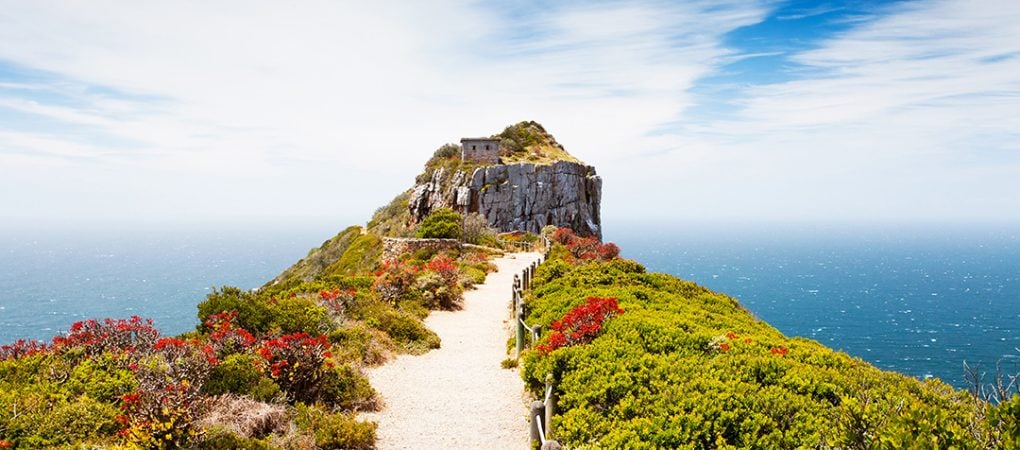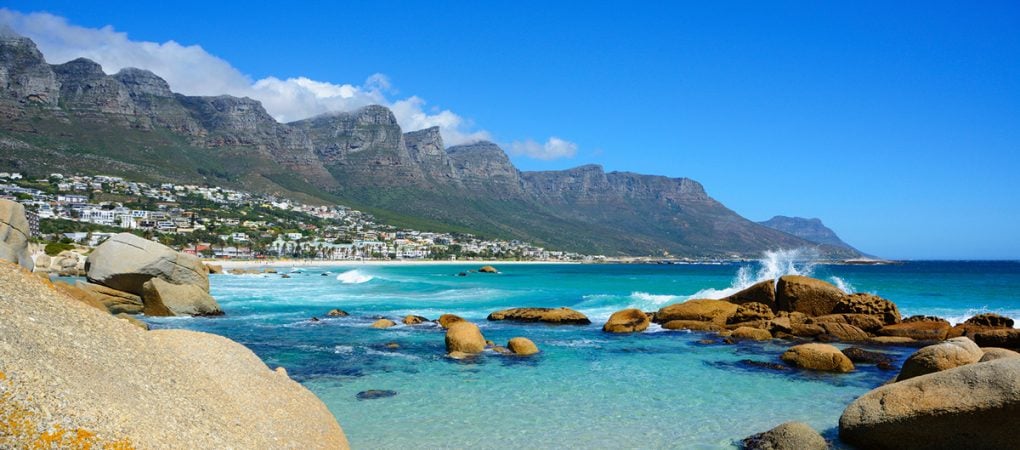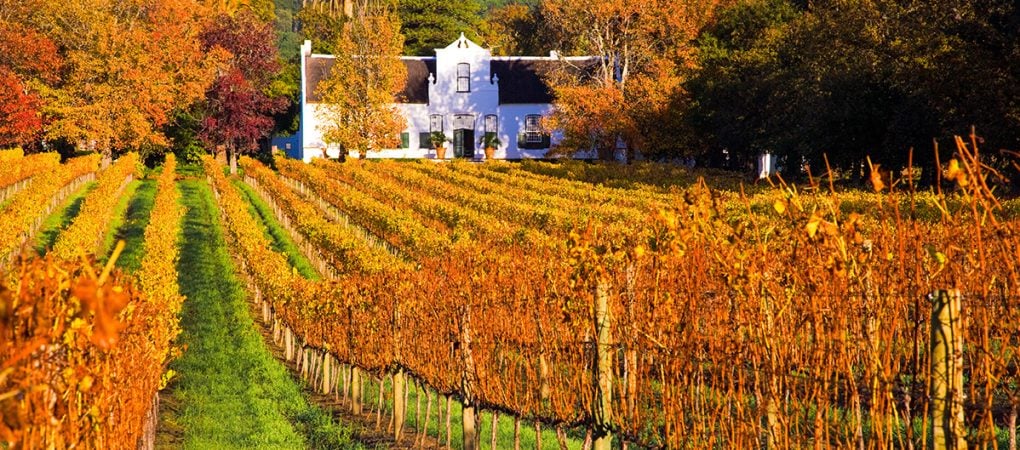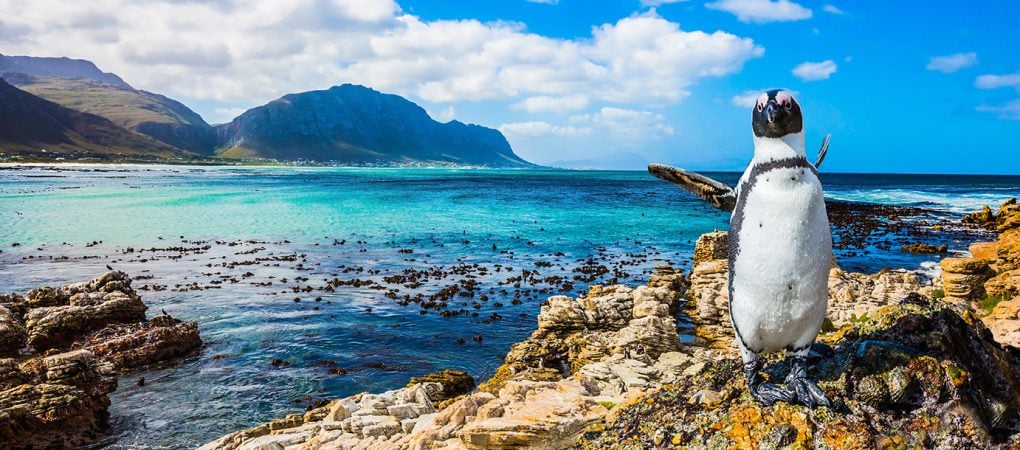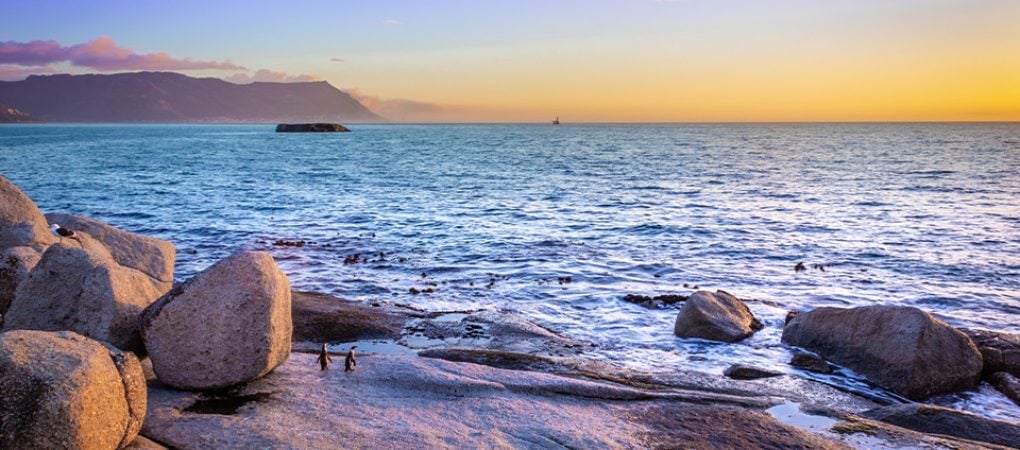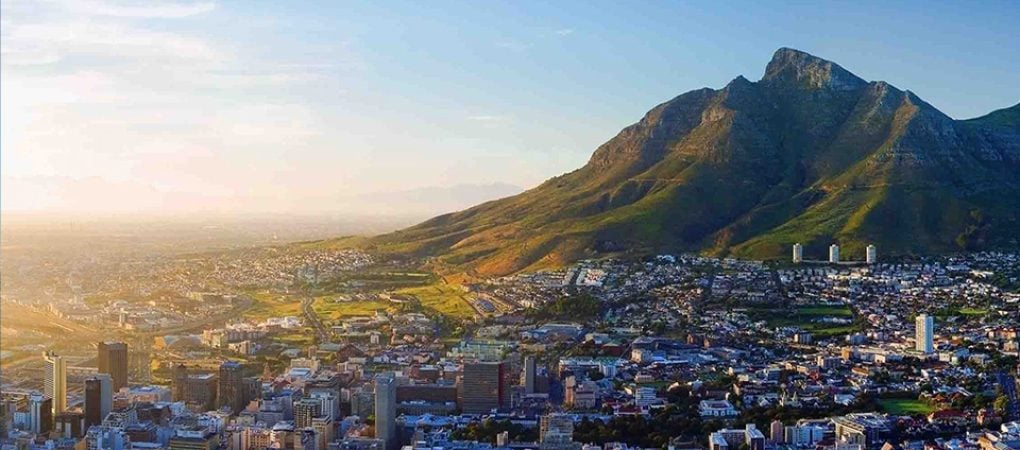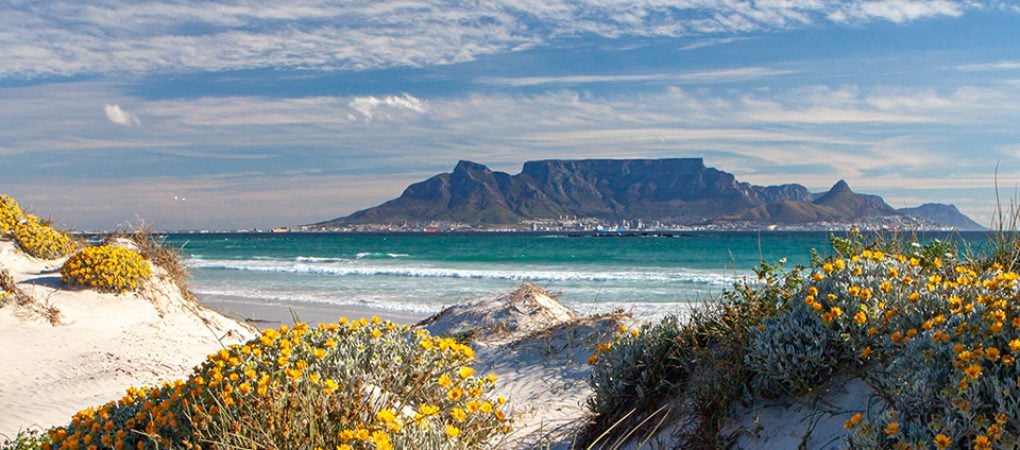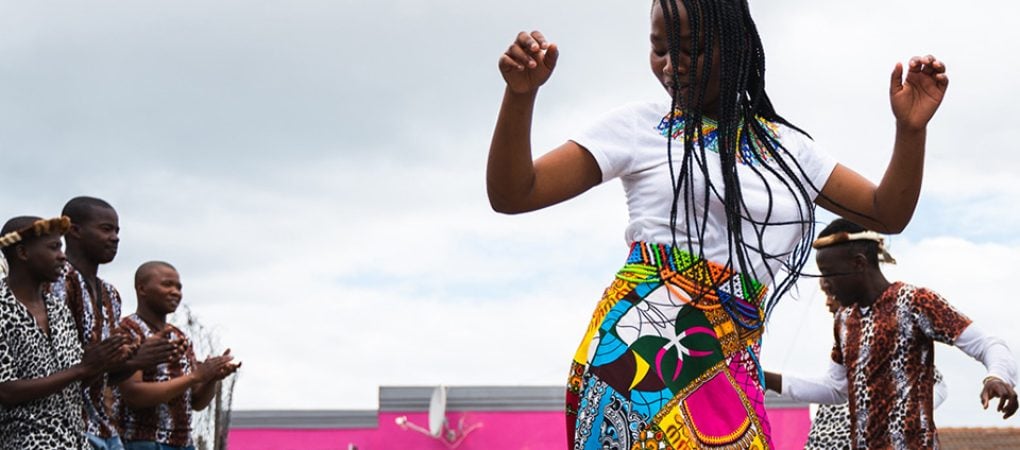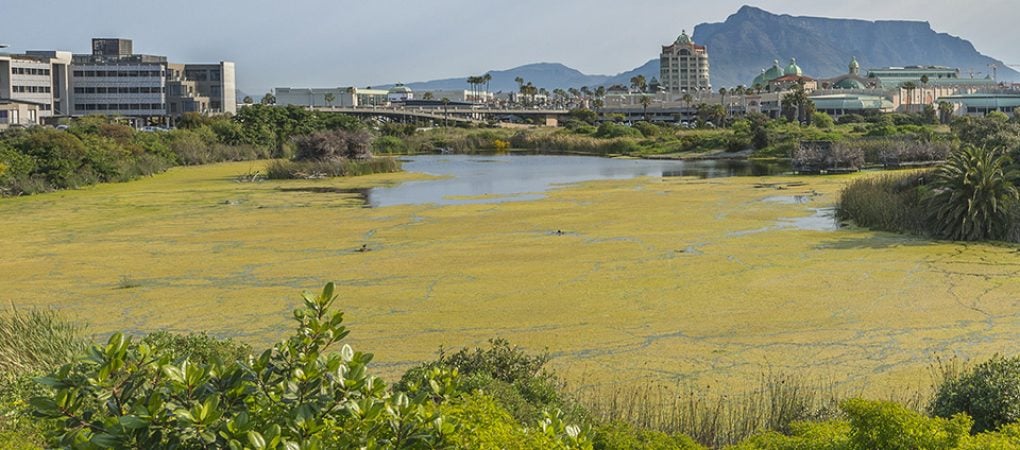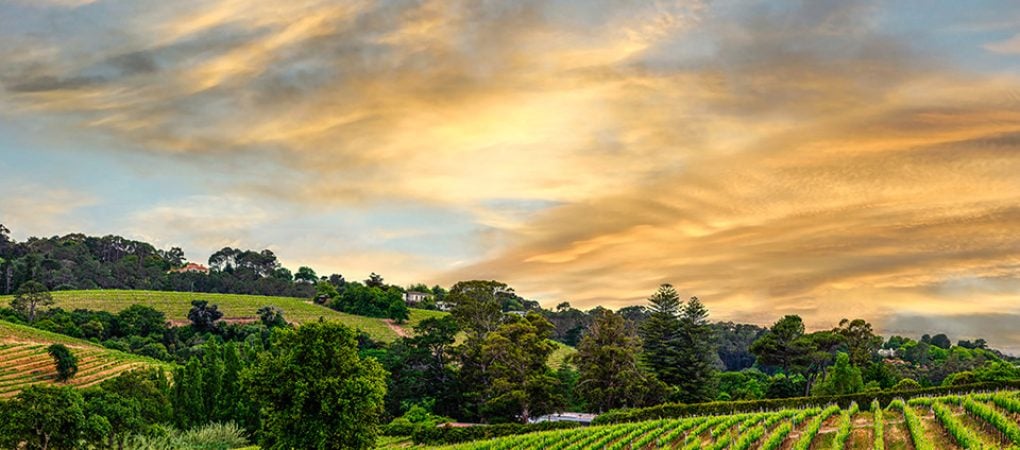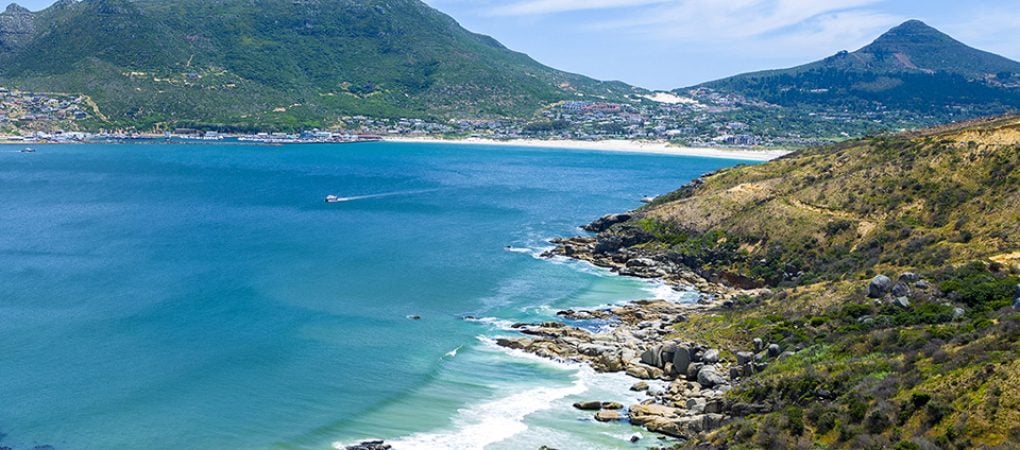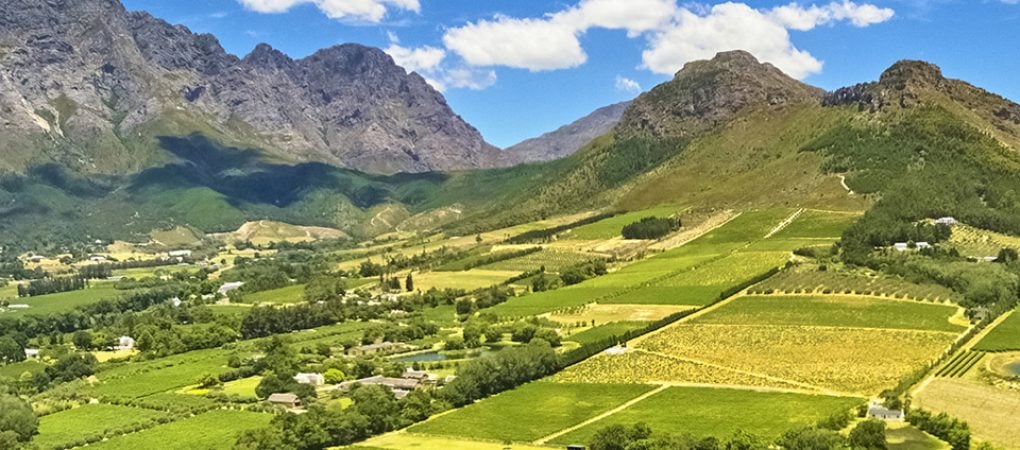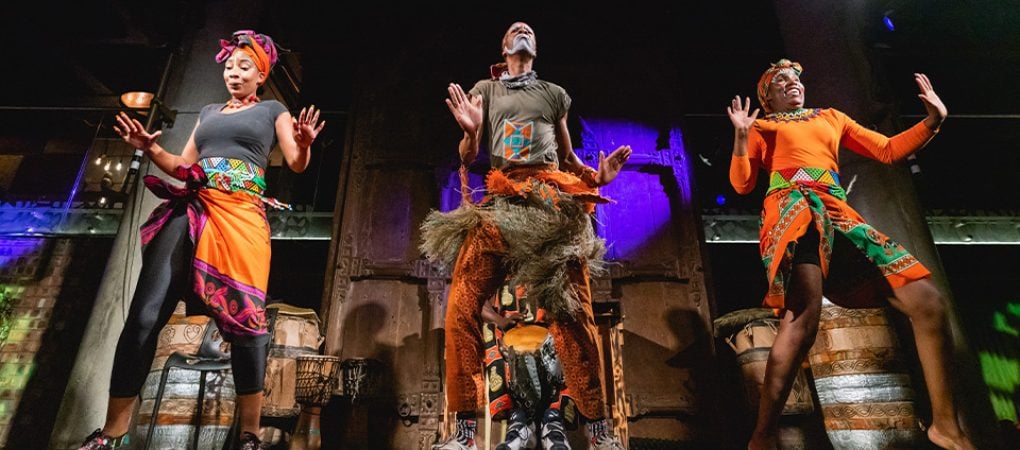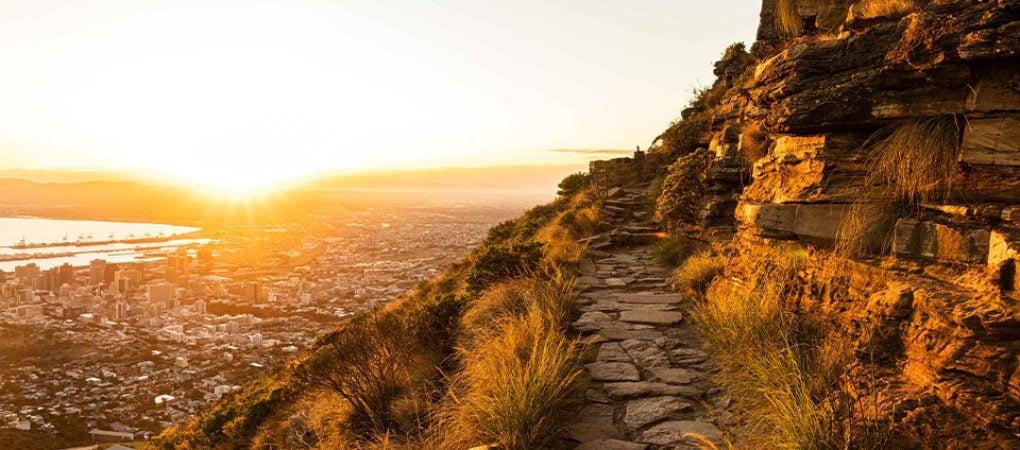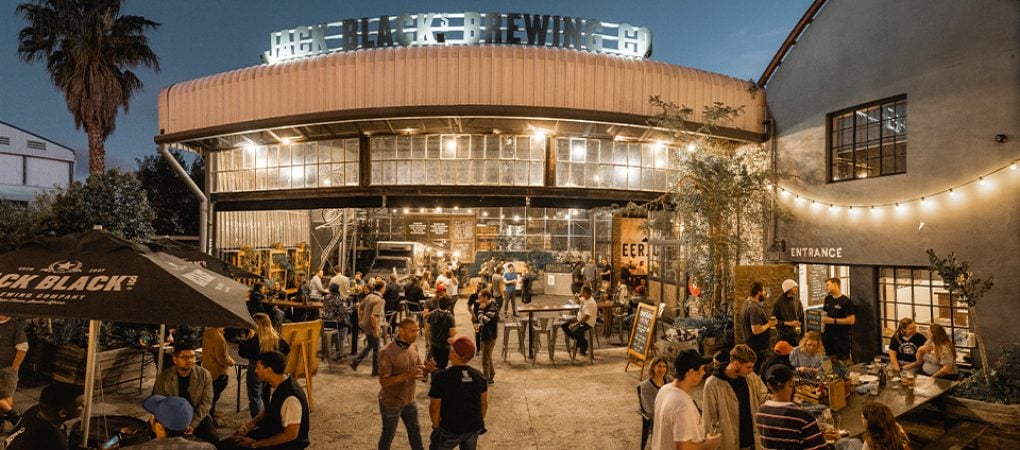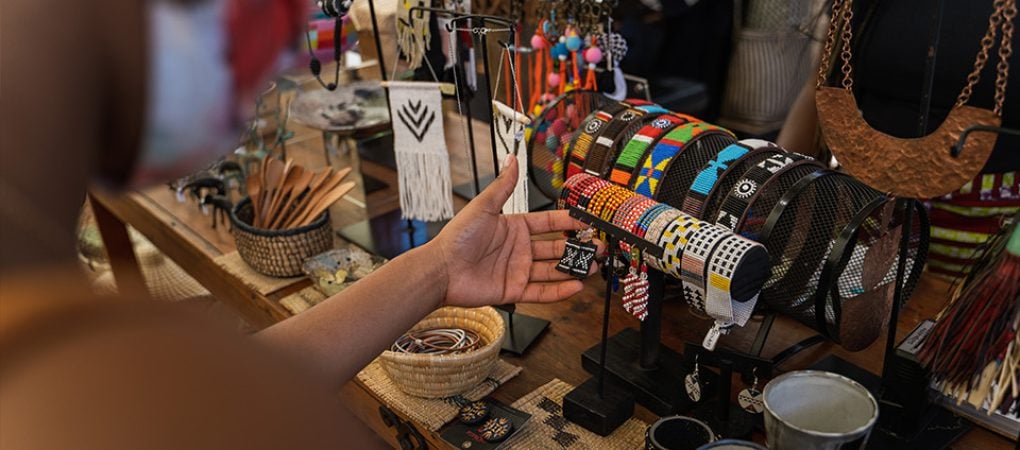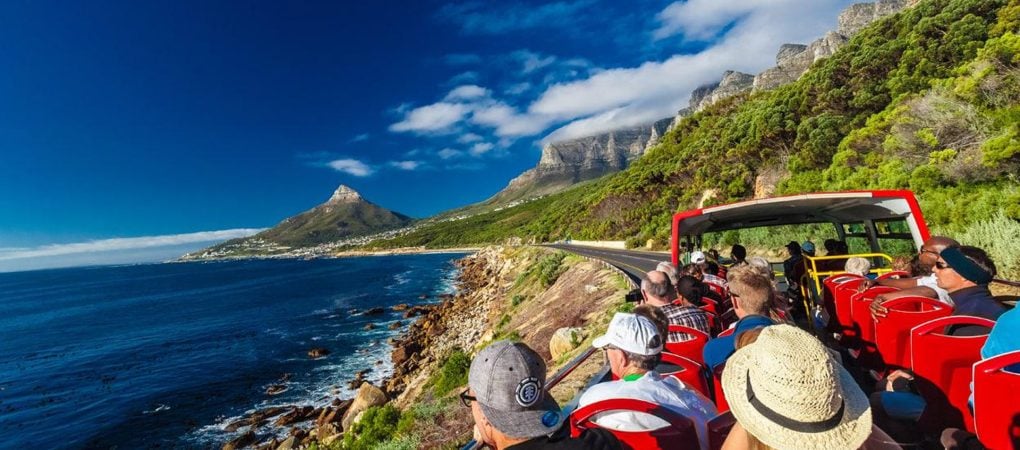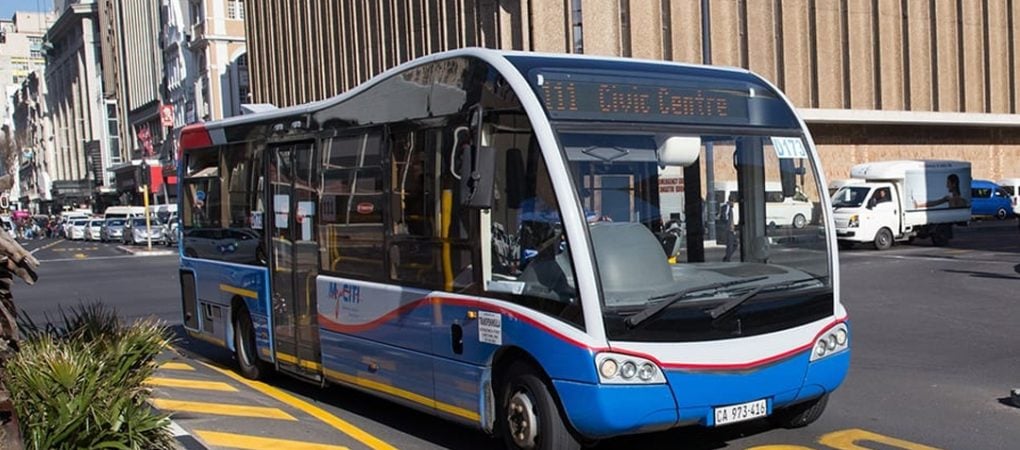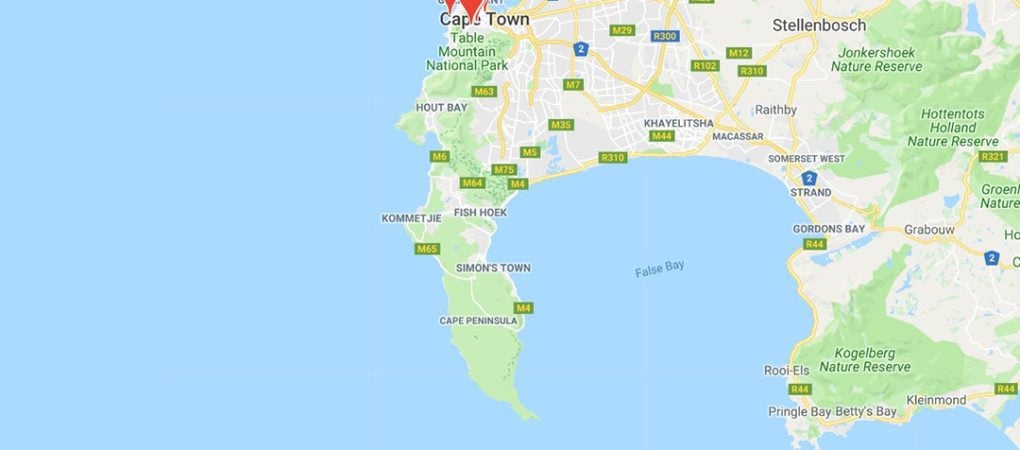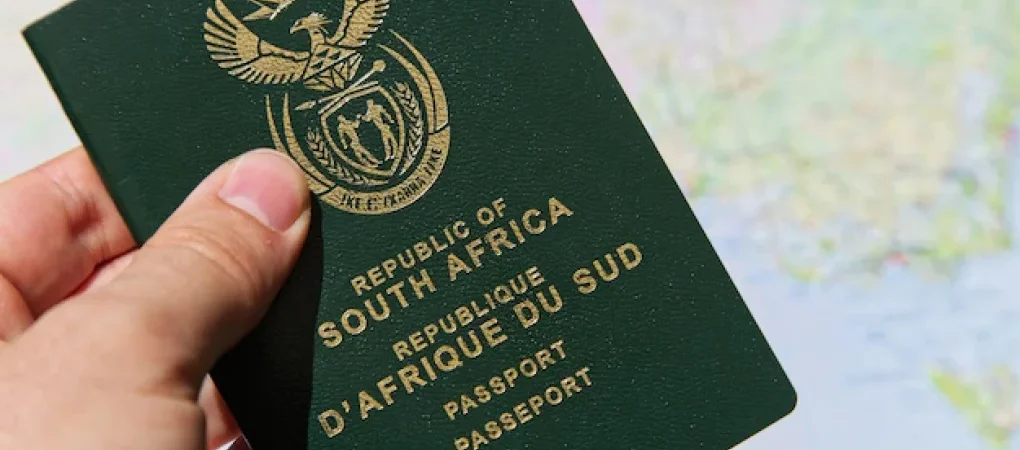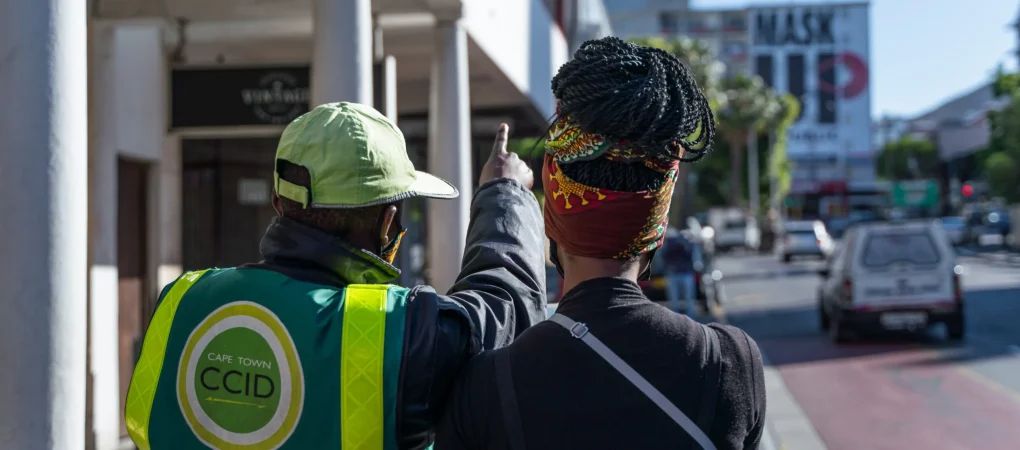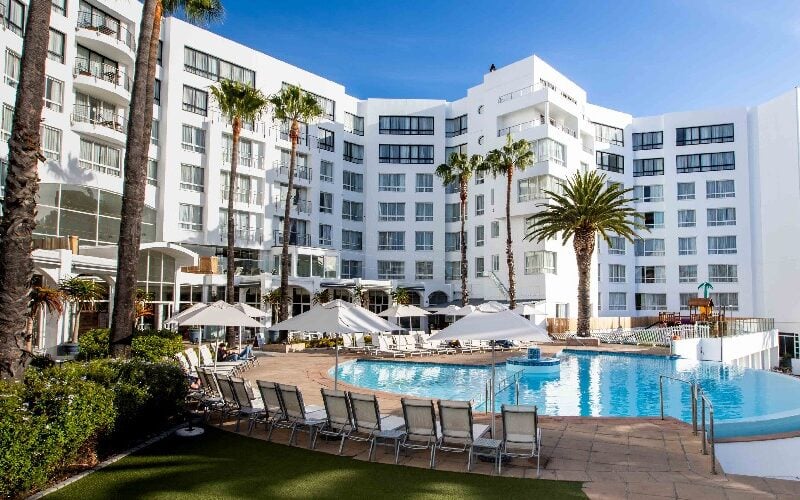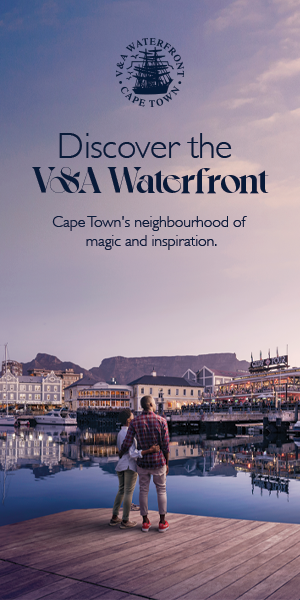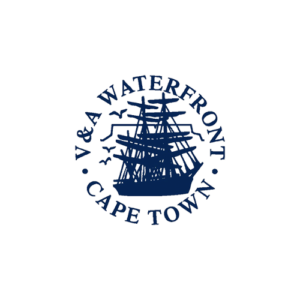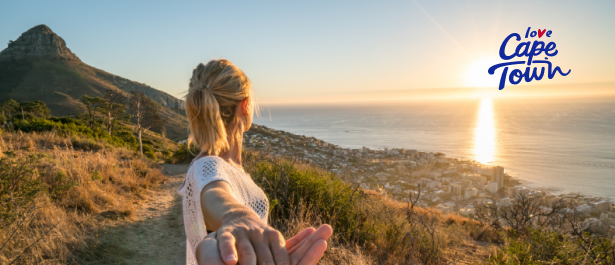A week is a good amount of time to spend in Cape Town. It’s long enough to take in the big attractions, but also focus on your own particular interests and really get under the skin of the city. Cape Town has a lot going on, and it’s worth spending some time getting off the beaten track, making friends with locals, and getting to know the authentic Cape Town. There’s enough time to take it easy, explore the places you fall in love with, or get to know the locals.
Day 1: Broad strokes
The first day is great for taking in as much of the city as you can, to get the big picture. The best way to do this is to get aboard the hop-on-hop-off City Sightseeing bus. It’s well worth getting hold of a City Pass, which gets you free entry into many of the city’s top attractions. Start the day by catching the bus from the V&A Waterfront and heading straight for the city’s centerpiece—Table Mountain. You can hop off here and take the Aerial Cableway to the top. From there, you’ll have panoramic views of the city and coast. It’s a great way to orientate yourself, and the views are magnificent. There’s a wifi lounge at the top, where you can grab breakfast and a coffee.
Next, you’ll head over the mountain to the Atlantic Seaboard. Here, especially in Camps Bay and Clifton, you’ll find some incredible beaches, bars and restaurants, making this a fantastic spot to spend the afternoon. Get some sun, have lunch, sip on cocktails, or walk the Sea Point Promenade. There’s loads to see here, so you can spend a few hours in the area. Just make sure you leave time to head back to the Waterfront and catch a ferry to Robben Island, where Nelson Mandela and other political prisoners served their time during the apartheid era.
At sunset, settle yourself at one of the picturesque bars at the Waterfront, to watch the sun go down and enjoy some cocktails, craft beers, or fine local wines. There are endless dining opportunities here too, so you might want to stay for dinner.
Book your City Sightseeing tickets, and get your City Pass card.
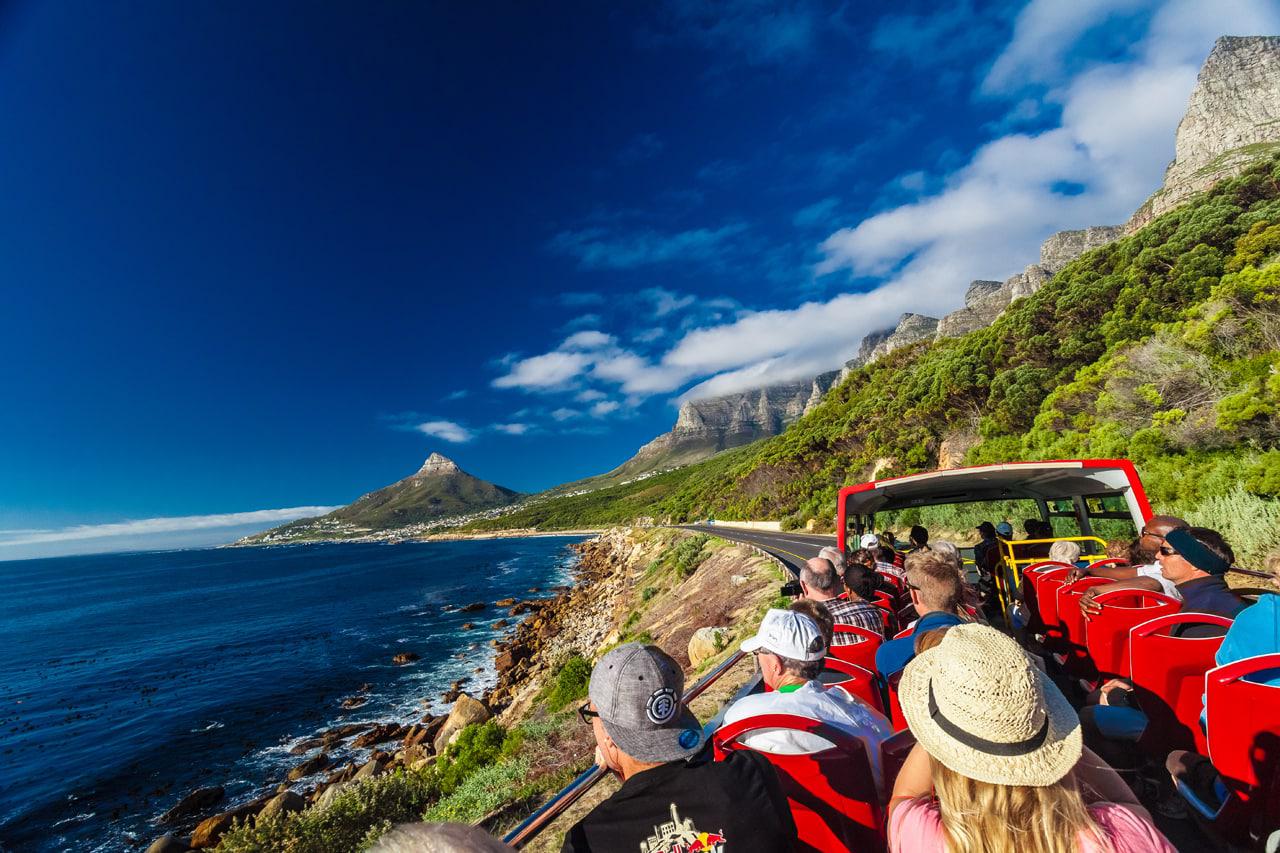
Day 2: Wining and dining
On your second day, spend some time exploring the Cape Town wine routes. It’s worth picking one and setting aside the day for it. There are five main wine routes to choose from, each with their own character. Constantia is close to the city, and it is home to some of the country’s oldest and most prestigious wine farms. The Helderberg is famous for its white wines, particularly chardonnay and sauvignon blanc. Stellenbosch has about 150 estates to choose from, making it a good option if you want to be spoilt for choice. Franschhoek is really pretty and it is home to the Franschhoek Wine Tram, which allows you to enjoy the day’s tasting without worrying about driving. They’ll even hang onto your wine for you and arrange shipping. The Durbanville Wine Route is also fairly close to the city, with fantastic views of Table Mountain and intense, fruit-driven wines. Whichever you choose, you’re sure to find beautiful scenery, award-winning wines, and some exquisite cuisine.
Stick around for lunch. Many estates have fine-dining restaurants on site, while others have pre-packed picnics or more casual eateries. No matter your taste or budget, there is sure to be something that appeals to you.
Come evening time, you’re likely to be ready for an early night, or you may consider booking a night in the Winelands and dining at one of the fine restaurants there.
Choose your Cape Town wine tasting route.
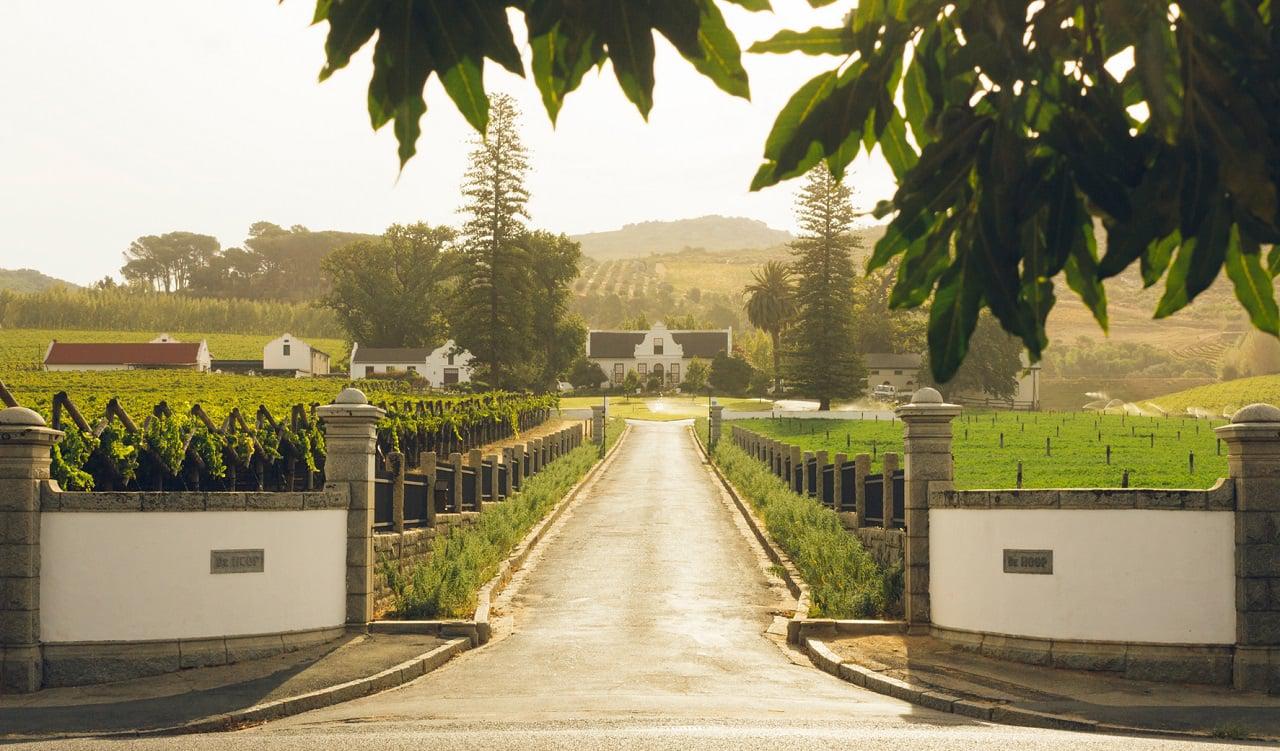
Day 3: The South
On day three, we head south. Get an early start, and make your way to Kalk Bay. You might want to hire a car, take the train, or find a tour operator that can customise a tour for you. African Eagle Day Tours does customisable full day tours, and is an accredited tour provider. The trip to Kalk Bay is lovely and scenic, and once you’re there you’ll find some lovely spots to grab some breakfast. Olympia Café does great cooked breakfasts, and their baked goods are delicious. You can browse the quirky shops and explore the harbour while you’re there.
Next, carry on further to Simon’s Town. This is where you’ll find Boulders Beach, home to the colony of African Penguins. You can take a dip with these creatures, or admire them from the walkway. Once you’ve spent some time there, it’s time to venture further south to one of the most beautiful spots in town.
Cape Point is the star of the day three show. Here, you’ll find a spectacular sight with towering stone cliffs, endemic fynbos, breathtaking bays, beaches, and rolling green hills and valleys. The climb to the top is steep and requires some fitness, but you can opt for the Cape Point The Flying Dutchman Funicular to take you to the top. Spend a few hours here taking in the astounding natural beauty and endless ocean views. You can also visit the Two Oceans restaurant, which offers casual but delicious dining with truly phenomenal views.
As the day draws to a close, head back into town for the evening. If you’re up for more activity, you could take in a show at one of Cape Town’s theatres.
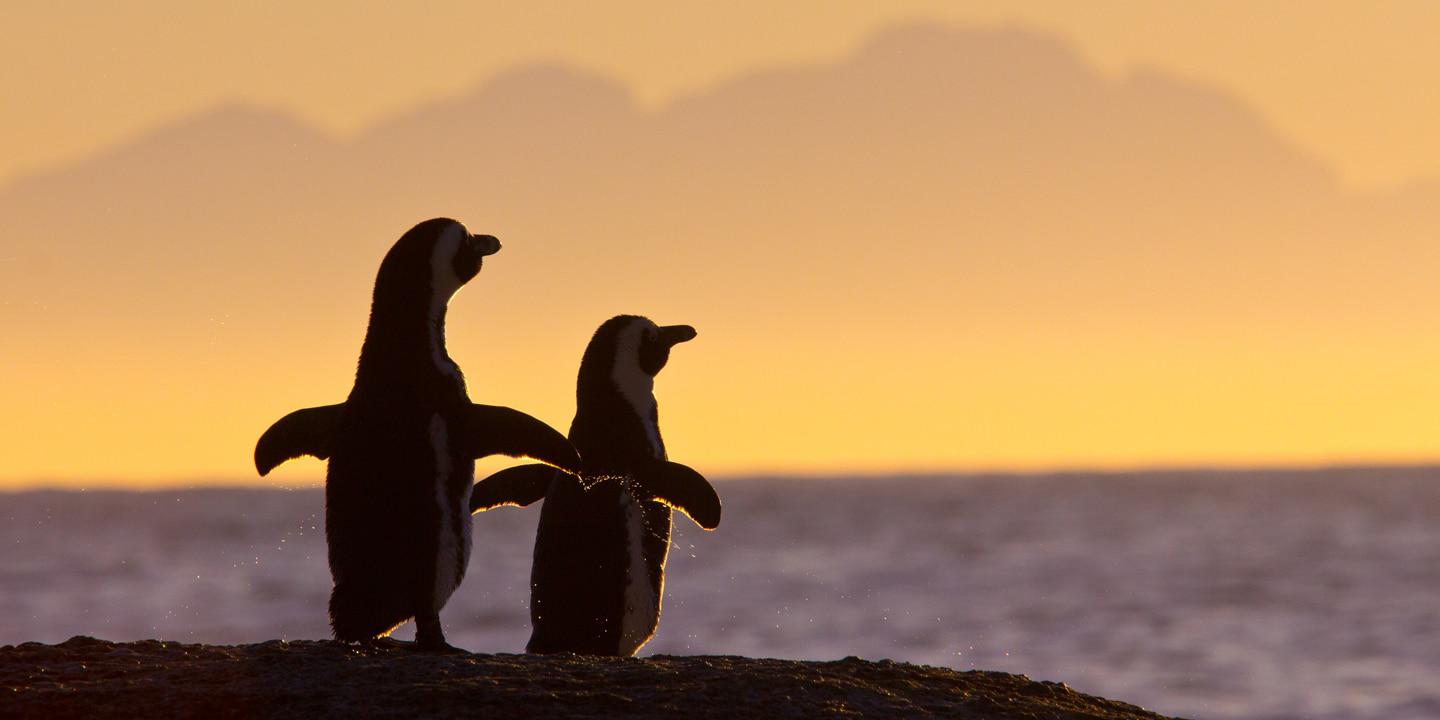
Day 4: Road trip
Cape Town has plenty to offer, but it also makes a fantastic base for exploring the surrounding areas of the Western Cape. Day four is about halfway through your trip, and a great time to get to know the outlying areas. You could head off in any direction, depending on your interests and the time of year. If it’s between September and November, consider driving up the West Coast to see the fields of wildflowers in bloom. Between June and October, it’s whale season, and a trip to Hermanus would offer the chance to see these majestic creatures of the deep calving just off shore. The Karoo, to the north, offers vast scrubby landscapes, small quirky towns, and a taste of rural South Africa. You could also take a trip to Aquila Private Game Reserve, where you’ll have a chance to see the famous Big 5 up close on a safari. There are endless options, and each is as appealing as the next.
In the evening, save your energy for tomorrow. Consider a quiet night, get together with your new Cape Town friends for dinner, or enjoy a drink at one of Cape Town’s best sundowner spots.
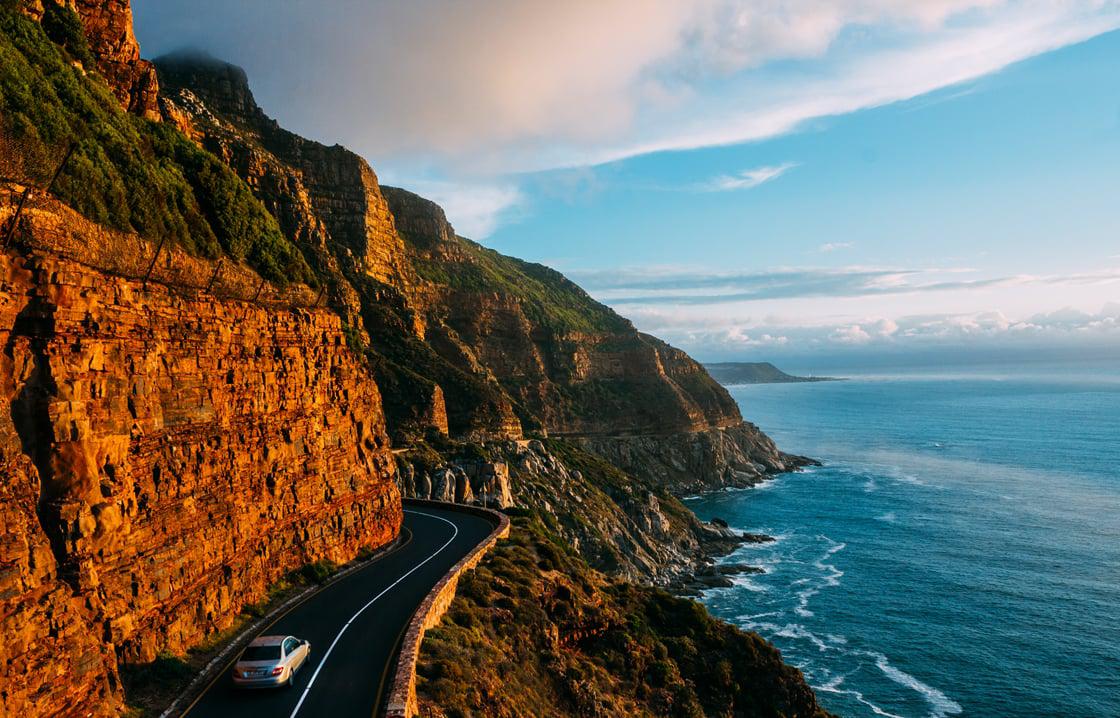
Day 5: Do your own thing
Day five gives you a chance to slow down and focus on the things you’re really interested in.There are some fantastic museums and art galleries, and Cape Town has a rich history to explore. The beaches are also great on a good day. It’s up to you—this is your day, but we’ll give you a few ideas. You might consider a street art tour of Woodstock, or a cooking course that’ll teach you how to make real Cape Town cuisine. You could visit the city’s museums, or check out the amazing art galleries. Whatever you choose to do, set aside a few hours to visit the Zeitz MOCAA, where you can explore nine floors worth of art from Africa and its diaspora
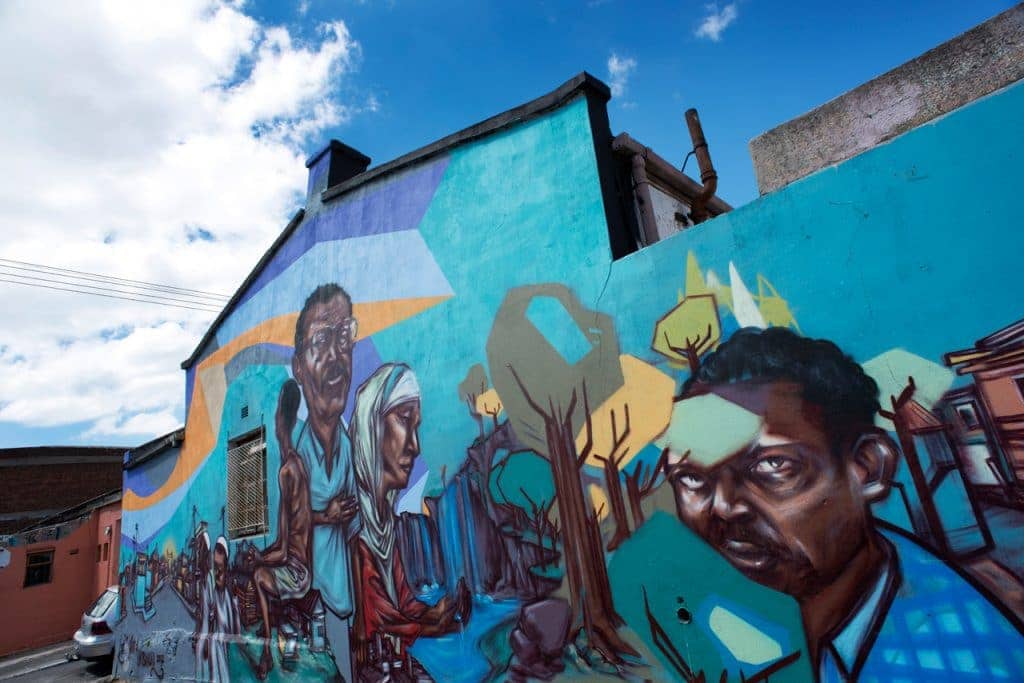
Day 6: Live like a local
Day five is all about getting into the Cape Town spirit. You’ve ticked off most of the biggest attractions, and now it’s time to look a little closer. Explore the City Bowl’s many shops, restaurants, coffee shops, and markets. Spend some time in Greenmarket Square, finding some keepsakes to take home. Go for a city breakfast on Long, Bree, or Kloof Street, where you’ll find all sorts of establishments catering for any tastes.
For lunch, head to Khayelitsha, one of Cape Town’s townships, for lunch at Rands. It’s a popular gathering spot for Cape Town locals and a major tourist attraction. On weekends it’s a lively, festive, and authentically South African vibe.
As evening approaches, make your way to Cape Town’s biggest party hub, Long Street. Here, you’ll find pubs, clubs, and live music venues galore. Whatever your taste in music and nightlife, Long Street is where you’ll find it. It’s time to eat, drink, and be merry with the locals.
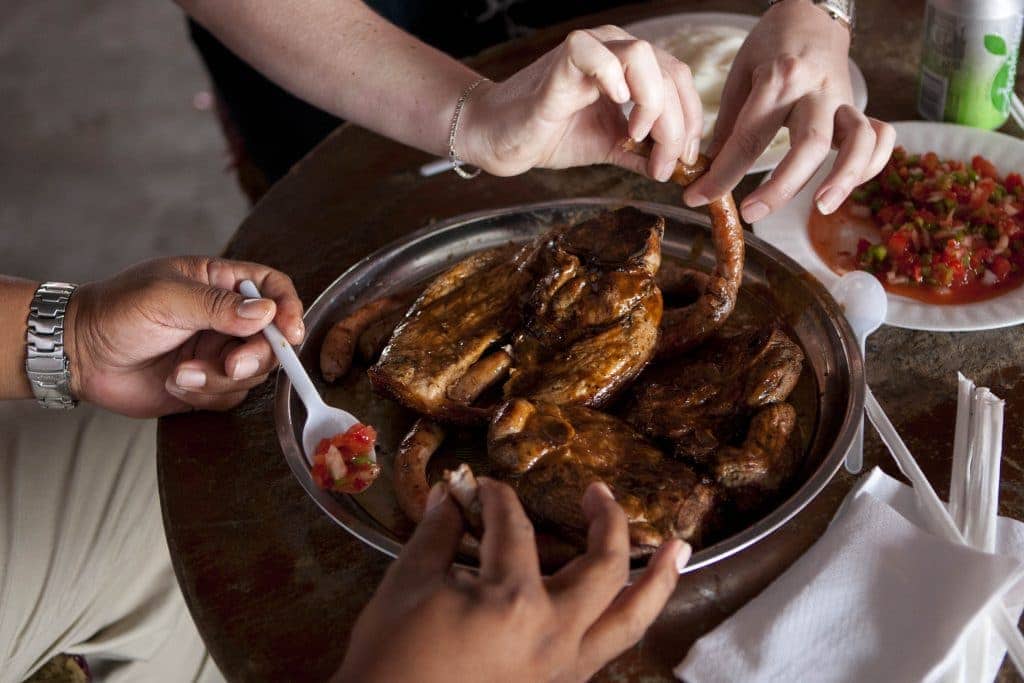
Day 7: Sunday Funday
Even if your last day isn’t a Sunday, it’s the perfect chance to slow down, admire the views, and be outdoors. Sleep in, if you like, and get a late start with one of Cape Town’s favourite brunch spots.
Once you’re well fed and ready for the day, you have some choices. Kirstenbosch Gardens is an amazing place to spend an afternoon. It was the first botanical garden in the world to be established (in 1913) to protect local flora. Its lawns are ideal for picnics and there are several walking trails. You can spend the rest of the afternoon here, exploring or lounging on the lawns. If you’re feeling a little more energetic, try out one of the hikes that Cape Town is famous for. There are loads of options, of varying degrees of difficulty. It’s a good ides to get started early if you’re hiking, before it gets too hot and sunny.
As the sun goes down, head for one of the best sundowner spots in the city to bid farewell to your new favourite place.
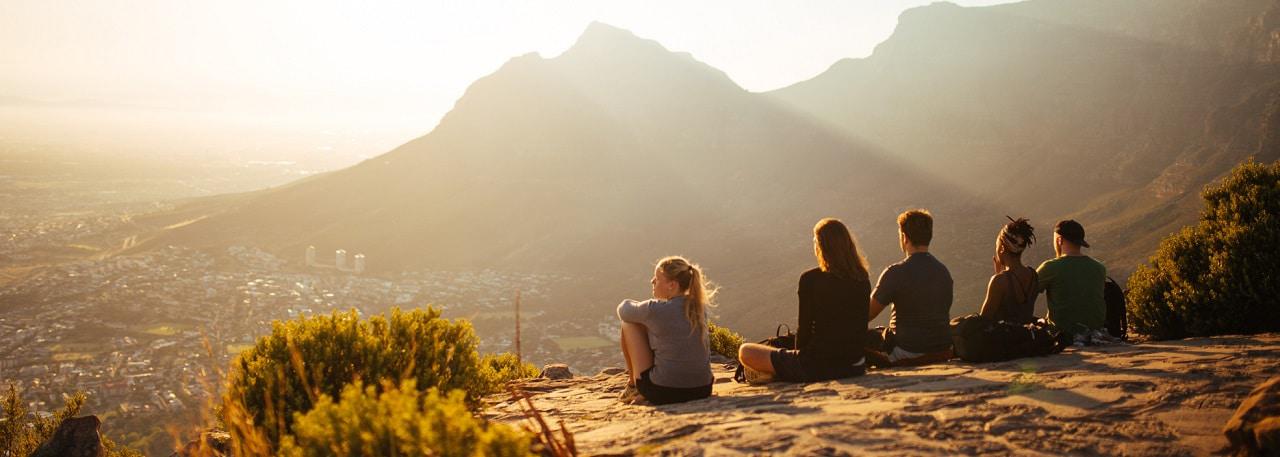
Planning a trip to Cape Town? Book flights, browse accommodation, and rent a car now to get the best rates. The Cape Town City Pass gives you access to over 70 of the top Cape Town attractions, tours, and things to see and do, including the popular hop on hop off City Sightseeing bus.
For inspiration and insider tips, follow us on Instagram, Facebook, or Twitter. Tag #lovecapetown to share your pics with us, or subscribe to our newsletter to get the best Cape Town has to offer sent direct to your mailbox.
